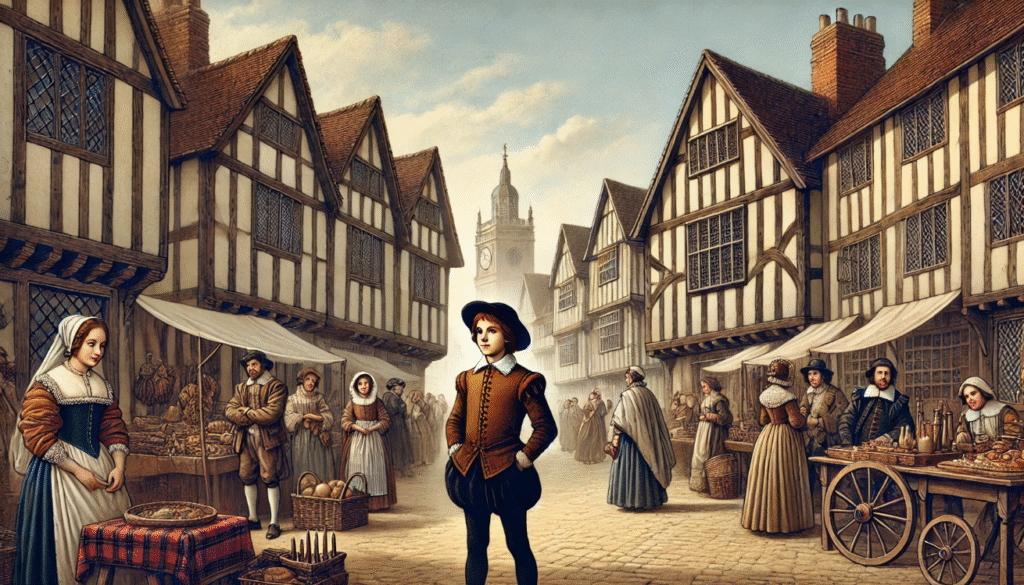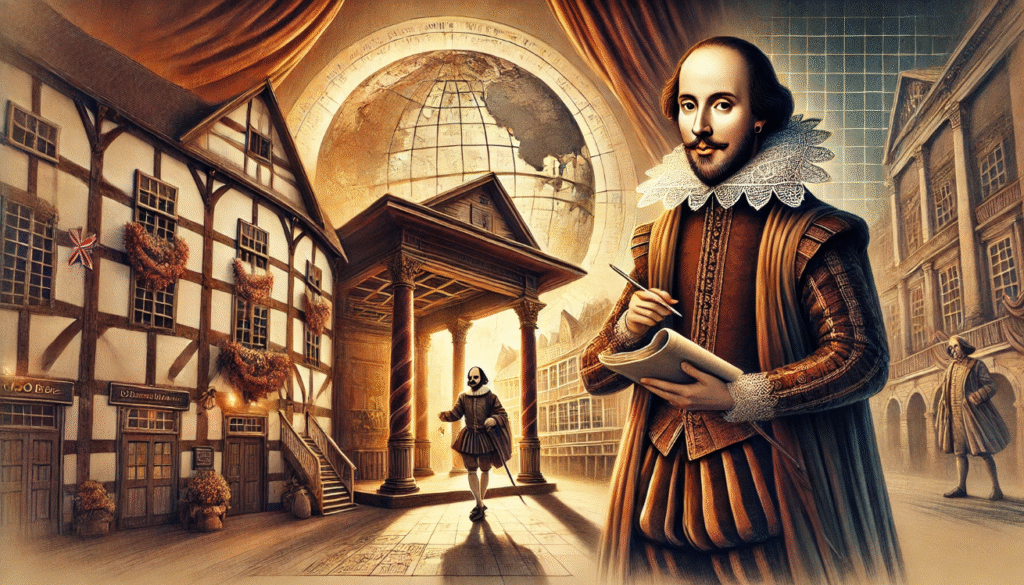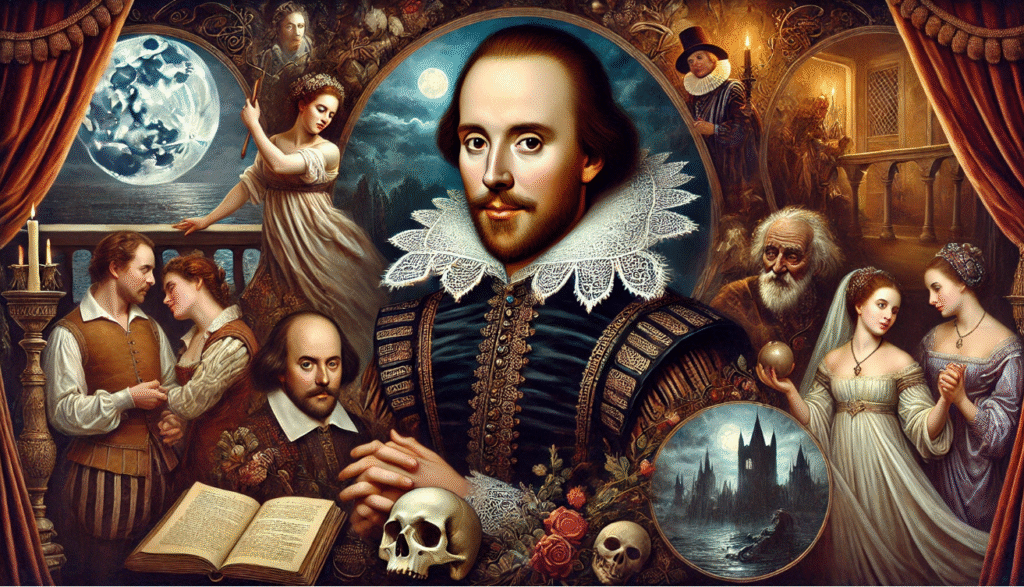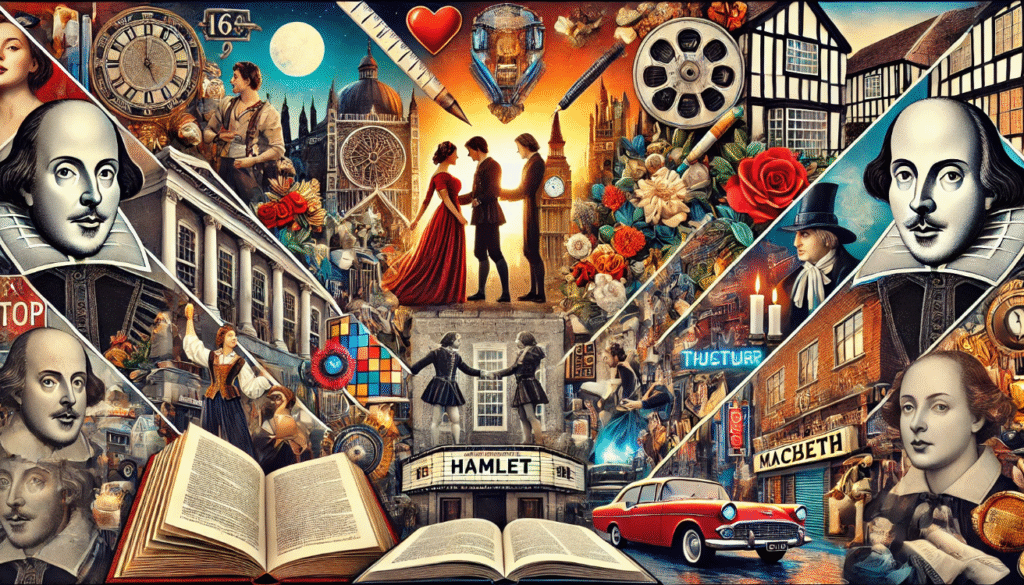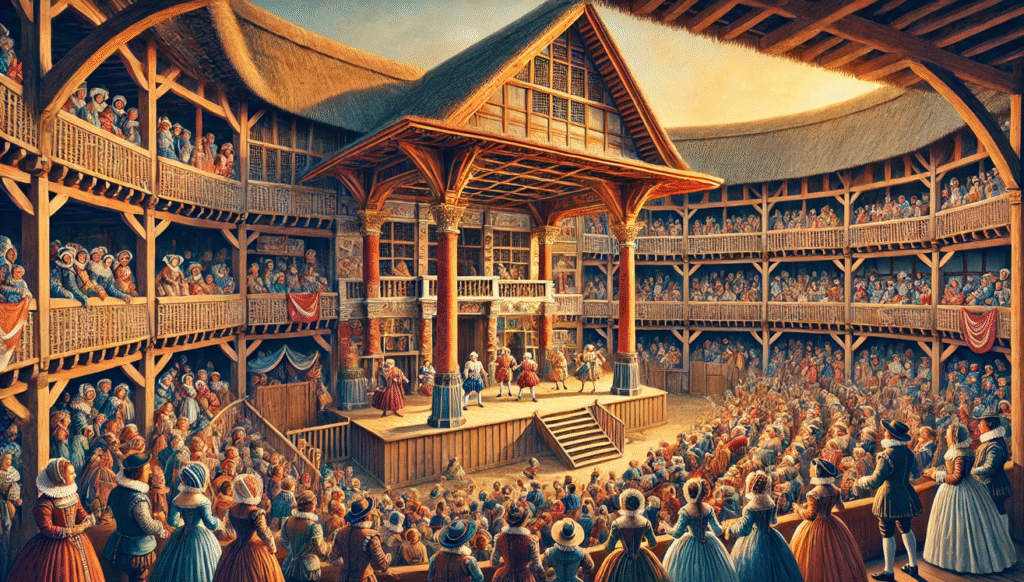 Historical reception of Shakespeare’s sonnets have long been regarded as some of the most powerful and thought-provoking poetry in the English language. Yet, to truly understand their impact on modern storytelling, it’s crucial to explore the historical reception of Shakespeare’s sonnets of these works. Just as Daenerys Targaryen’s evolving costumes in Game of Thrones reflect her transformation as a character, the reception of Shakespeare’s sonnets has evolved over time, revealing new layers of meaning and influence. This article delves into historical reception of Shakespeare’s sonnets were first received, their growth in literary significance, and how they continue to shape modern literature and storytelling today. By tracing their journey through history, we uncover not only the beauty of historical reception of Shakespeare’s sonnets themselves but also their profound impact on the literary world, from the Elizabethan era to the present day.
Historical reception of Shakespeare’s sonnets have long been regarded as some of the most powerful and thought-provoking poetry in the English language. Yet, to truly understand their impact on modern storytelling, it’s crucial to explore the historical reception of Shakespeare’s sonnets of these works. Just as Daenerys Targaryen’s evolving costumes in Game of Thrones reflect her transformation as a character, the reception of Shakespeare’s sonnets has evolved over time, revealing new layers of meaning and influence. This article delves into historical reception of Shakespeare’s sonnets were first received, their growth in literary significance, and how they continue to shape modern literature and storytelling today. By tracing their journey through history, we uncover not only the beauty of historical reception of Shakespeare’s sonnets themselves but also their profound impact on the literary world, from the Elizabethan era to the present day.
Shakespeare’s Sonnets: A Brief Overview

Historical reception of Shakespeare’s sonnets are a collection of 154 poems that explore themes of love, beauty, time, and mortality. Written in the late 16th century, these sonnets stand out for their emotional depth and intricate language. Each sonnet follows a strict Shakespearean structure, consisting of 14 lines with a specific rhyme scheme (ABABCDCDEFEFGG) and written in iambic pentameter.
The poems are often addressed to a “Fair Youth,” a mysterious young man, and a “Dark Lady,” whose identities remain subjects of debate among scholars. The sonnets also feature a “rival poet” character, reflecting Shakespeare’s complex view of competition and creativity.
These sonnets were likely not intended for public consumption when first written, but their publication in 1609 has since cemented them as a key part of Shakespeare’s legacy. Their blend of personal expression and universal themes continues to resonate with readers and writers today, making them an essential piece of literary history.
Early Reception: Elizabethan Era

When Shakespeare’s sonnets were first written in the late 1500s, they were not intended for widespread publication. During the Elizabethan era, sonnets were a popular form of poetry, often used by aristocrats to express personal emotions or courtly love. However, Shakespeare’s sonnets stood apart because of their philosophical depth and exploration of complex themes like time, beauty, and the nature of love.
The sonnets were not published until 1609, and their release stirred some controversy. They were printed without Shakespeare’s approval, which led to questions about their intended audience and meaning. At that time, poetry was often seen as a private, intellectual pursuit, and many of Shakespeare’s sonnets were likely shared in personal, elite circles rather than with the general public.
While Shakespeare’s plays garnered immediate popularity, his sonnets didn’t receive the same level of attention in their own time. Their more intimate, personal tone might have made them less appealing to the broader audience. It wasn’t until later centuries that critics and readers fully recognized their literary value. Despite this, the sonnets still had a notable impact on the intellectual circles of the time, shaping the way poets and playwrights thought about the relationship between art and human experience.
18th and 19th Century Reception

The 18th and 19th centuries marked a turning point in the reception of Shakespeare’s sonnets. During this period, the sonnets gained significant attention from both critics and poets, shifting from being seen as personal expressions to recognized masterpieces of English literature.
In the 18th century, scholars began to view Shakespeare’s sonnets more seriously. Prominent figures like Samuel Johnson and Alexander Pope helped elevate Shakespeare’s status as a literary genius, and his sonnets were increasingly admired for their exploration of timeless themes like love, beauty, and the passage of time. However, they still weren’t fully understood as a cohesive, unified work but were often appreciated individually.
By the 19th century, the Romantic movement brought a renewed interest in Shakespeare’s sonnets. Writers like William Wordsworth and Samuel Taylor Coleridge praised the emotional depth and introspective nature of the poems. The sonnets became seen as a reflection of the poet’s inner world, rather than just public or courtly expressions. Critics during this period started to analyze them in greater detail, exploring themes of human mortality and the fleeting nature of beauty, which resonated deeply with the Romantic emphasis on individual experience and emotion.
The 19th century also saw the rise of various published editions, commentaries, and scholarly works on the sonnets, helping to solidify their place as key literary works. The increased focus on Shakespeare’s personal life, particularly the mysterious “Fair Youth” and “Dark Lady,” added a layer of intrigue that fueled further discussion and debate among readers and critics alike.
20th Century and Beyond: Modern Perspectives

In the 20th century, Shakespeare’s sonnets were analyzed through a range of new critical lenses, reflecting the evolving views of literature and culture. Modern scholars began to explore the sonnets with fresh perspectives, incorporating psychological, feminist, and postmodern theories.
One major shift was the psychoanalytic interpretation of the sonnets. Critics such as Sigmund Freud and later Jacques Lacan applied psychoanalysis to the text, examining Shakespeare’s relationship with the “Fair Youth” and the “Dark Lady.” This led to debates about Shakespeare’s personal life, sexuality, and emotions, offering new insights into the poems’ deeper, sometimes troubled, expressions of desire and longing.
Feminist readings in the 20th century also brought new attention to the sonnets. Scholars began to focus on the portrayal of women, particularly the Dark Lady, viewing her as a complex and empowering figure, in contrast to earlier interpretations of her as a mere object of male desire. These readings examined the gender dynamics in the poems, emphasizing themes of power, sexuality, and identity.
As the century progressed, Shakespeare’s sonnets gained even broader international recognition. They were translated into numerous languages, influencing writers and poets worldwide. The modern era also saw the rise of digital platforms, which allowed a wider audience to engage with the sonnets. Online discussions, academic journals, and social media platforms further solidified the sonnets’ relevance in contemporary literary studies.
Today, Shakespeare’s sonnets continue to inspire new generations of readers and creators. Their timeless exploration of universal themes like love, time, and beauty remains as relevant as ever, influencing writers, filmmakers, and artists who draw from these powerful motifs in their own storytelling. The sonnets have not only endured but have also adapted to new cultural and critical contexts, ensuring their place in the modern literary landscape.
The Impact of Shakespeare’s Sonnets on Modern Literature

Shakespeare’s sonnets have left a profound mark on modern literature, influencing countless writers, poets, and storytellers. Their exploration of universal themes such as love, mortality, beauty, and time continues to resonate with contemporary audiences, shaping the narratives we see in literature, film, and theater today.
One of the most notable ways Shakespeare’s sonnets have impacted modern literature is through their use of language and form. The sonnets’ rhythmic beauty, with their iambic pentameter and strict structure, inspired poets such as T.S. Eliot, W.H. Auden, and Sylvia Plath. These poets drew from the emotional depth and complexity found in Shakespeare’s verse, using similar techniques to express their own themes of human experience and existential reflection.
The themes within the sonnets also have a significant influence on contemporary storytelling. Modern writers often echo Shakespeare’s reflections on the passage of time and the inevitable decay of beauty, as seen in works across genres, from literary fiction to science fiction and fantasy. These timeless themes give contemporary works a depth that connects readers to the struggles and desires of Shakespeare’s characters.
Moreover, Shakespeare’s sonnets paved the way for the exploration of complex, flawed characters in modern literature. Just as the sonnets depict intense inner conflicts, contemporary authors now often focus on the emotional struggles and psychological complexities of their characters, a trend that can be traced back to Shakespeare’s introspective poetry.
In film and television, Shakespeare’s influence is also evident. Movies and shows that delve into the nature of love, time, and power—such as The Crown, The Great Gatsby, or even Game of Thrones—often reflect the same philosophical questions explored in the sonnets. In particular, the portrayal of complex relationships and the passage of time in these stories can be traced back to the emotional and intellectual groundwork laid by Shakespeare.
In sum, Shakespeare’s sonnets are more than just poems; they are foundational works that continue to shape modern literature and storytelling, providing inspiration and insight into the human condition that resonates across generations.
Why Understanding the Historical Reception Matters Today

Understanding the historical reception of Shakespeare’s sonnets is crucial for appreciating their lasting influence on literature and storytelling. By tracing how these poems were initially received and how interpretations evolved over time, we gain valuable insights into their enduring relevance in modern culture.
First, it helps us see how Shakespeare’s works have been shaped by historical and cultural contexts. The sonnets were initially part of an intimate, intellectual world and only later became part of the broader literary canon. Recognizing this evolution enriches our understanding of how literature shifts in significance over time, responding to social, political, and cultural changes.
Additionally, studying the reception of Shakespeare’s sonnets reveals the power of literature to adapt and remain relevant across centuries. Their ability to resonate with audiences—whether in the Elizabethan era or in modern times—shows how timeless themes of love, mortality, and beauty continue to speak to the human experience. This understanding encourages us to look for connections between past and present works, allowing contemporary writers and readers to draw from a rich tradition of literary exploration.
Finally, for educators and literature enthusiasts, understanding the historical reception of Shakespeare’s sonnets provides a deeper appreciation of their complexity and layers of meaning. It also underscores why these works are still essential in today’s literary studies, offering timeless lessons in creativity, language, and human emotion that continue to influence writers, filmmakers, and artists worldwide.
In short, understanding how Shakespeare’s sonnets were received—and how those interpretations have evolved—helps us appreciate their lasting impact and relevance, guiding modern storytelling and literary appreciation in ways that transcend time.
Shakespeare’s sonnets, though written over four centuries ago, continue to captivate readers and influence modern storytelling in profound ways. From their early, often overlooked reception to their rise as masterpieces of English literature, these poems have shaped not only the literary world but also how we understand love, time, beauty, and mortality. Their exploration of universal themes remains as relevant today as it was in the Elizabethan era.
By examining the historical reception of Shakespeare’s sonnets, we gain a deeper understanding of their cultural significance and how they’ve evolved over time. This exploration allows us to appreciate the emotional depth and intellectual richness of the sonnets, while also recognizing their enduring influence on contemporary literature, film, and art.
For modern readers and writers, Shakespeare’s sonnets provide timeless lessons on character, theme, and narrative structure. As we continue to engage with these works, we not only connect with Shakespeare’s vision but also build a stronger connection with the literary traditions that shape our world today.



